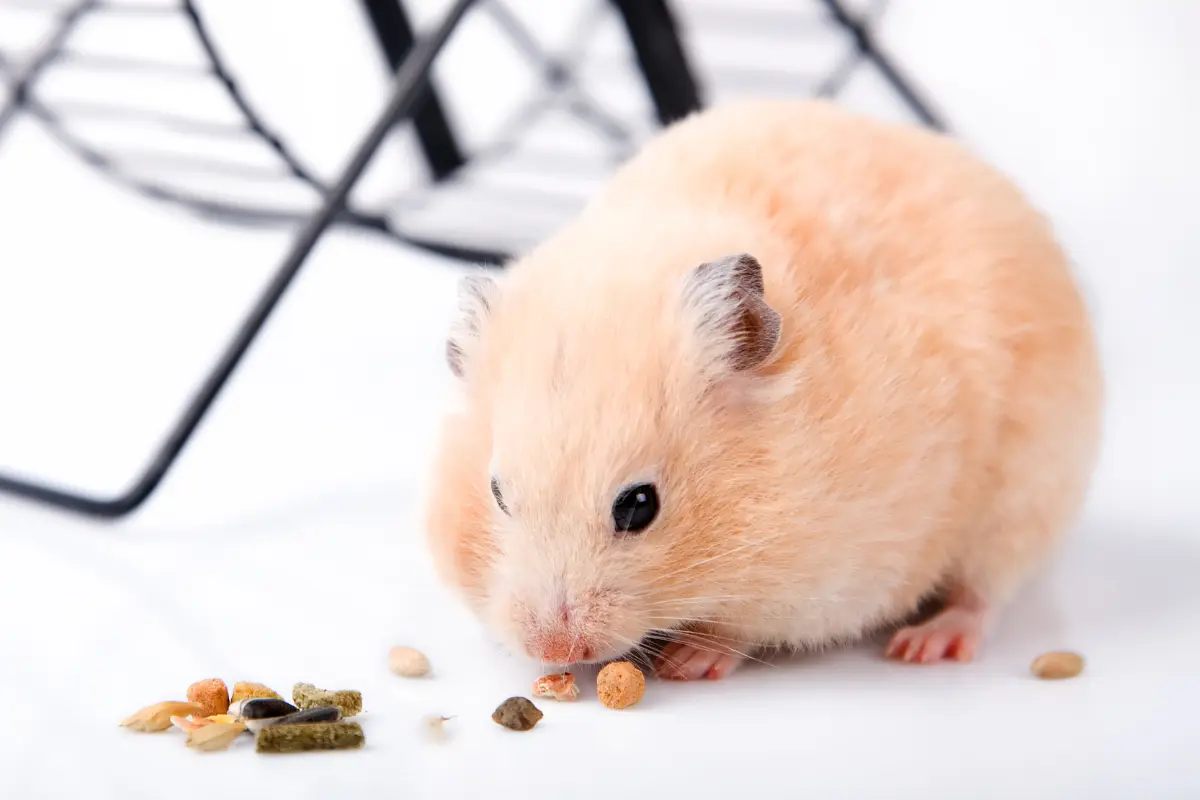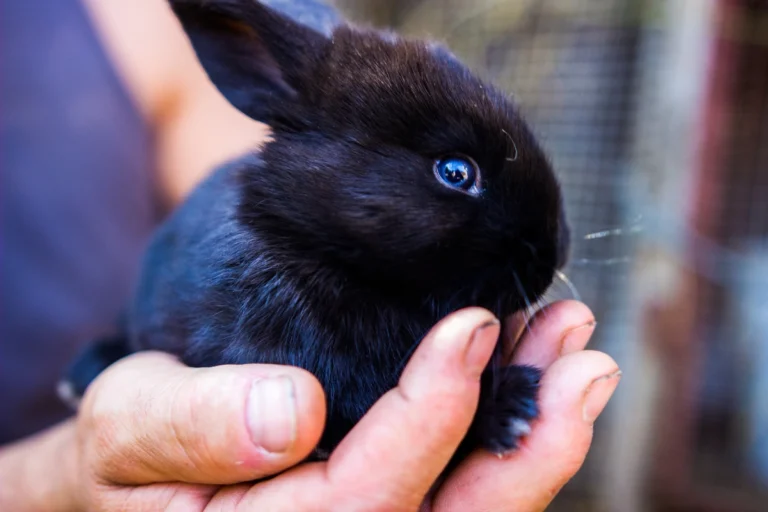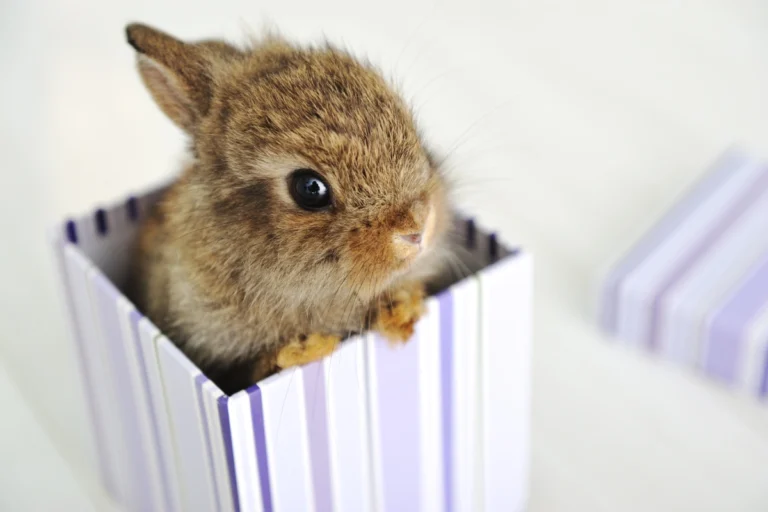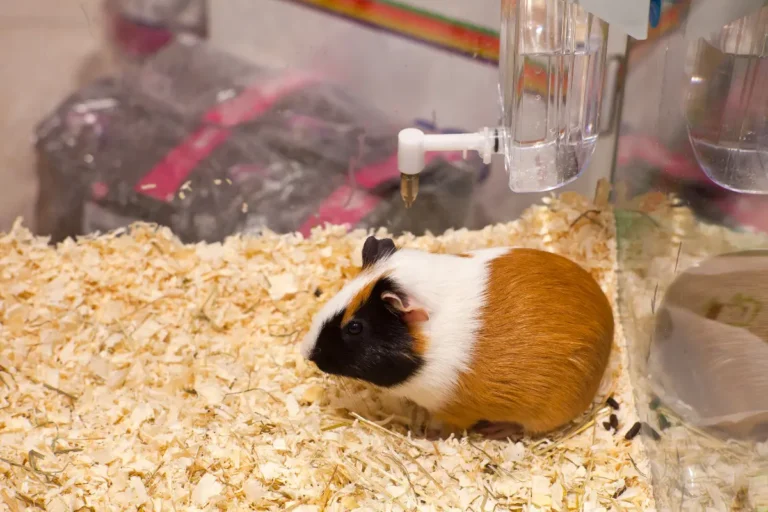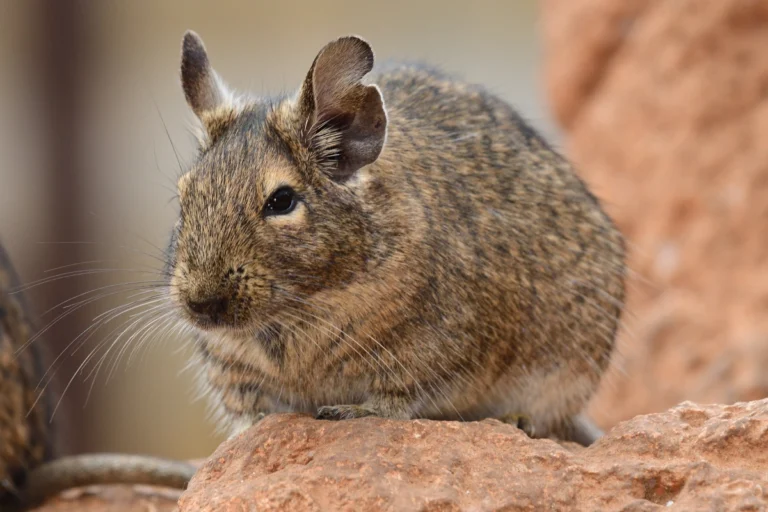Syrian vs. Dwarf Hamster Care: A Complete Guide
When it comes to choosing a pet hamster, the two most commonly kept varieties are the Syrian hamster and the dwarf hamster. Though they share some similarities, these two species have distinct characteristics that influence their care routines.
This guide will explore the key differences between Syrian and dwarf hamsters and provide expert advice on how to care for each species.
The Two Main Types of Hamsters
While there are several species of domesticated hamsters, the Syrian hamster (often referred to as the “golden hamster”) and dwarf hamsters are the most popular choices for pet owners. These two species differ significantly in size, behavior, and care needs, which can affect their suitability for different types of households.
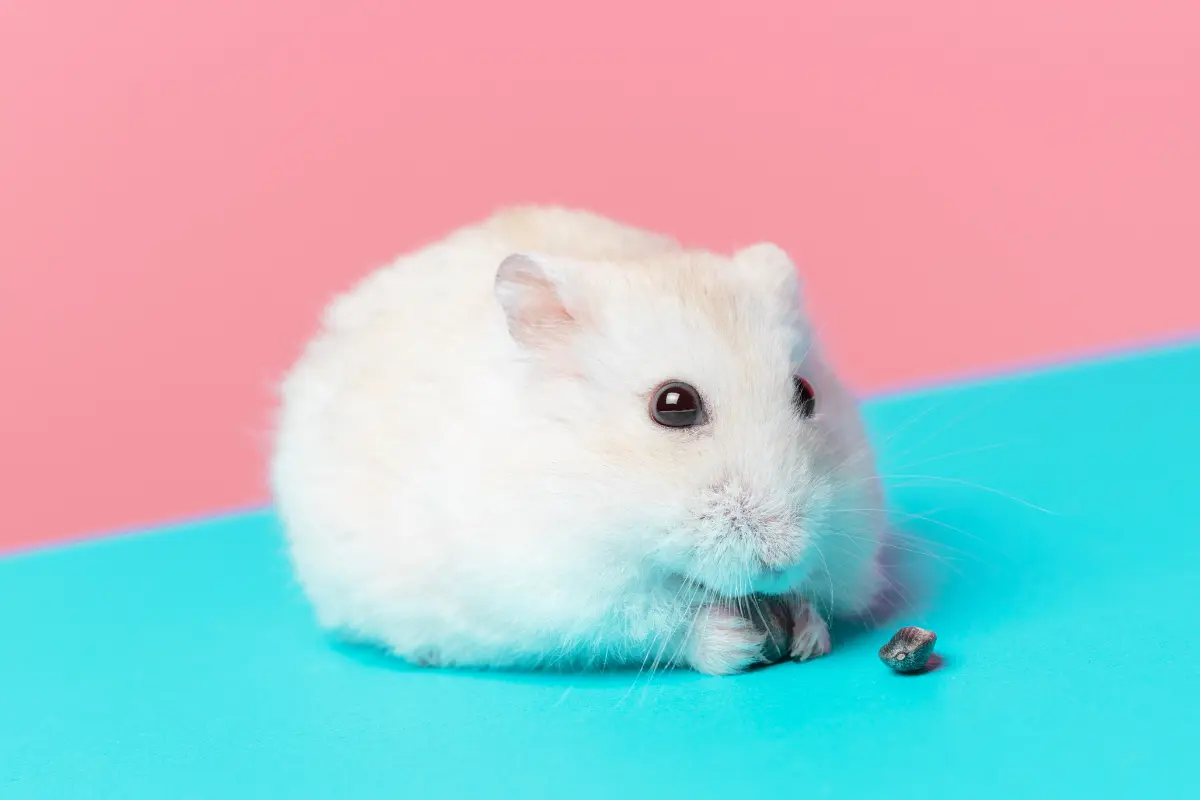
Syrian Hamsters: The Friendly Giants
Syrian hamsters, also known as golden hamsters, are the largest domesticated hamster species, typically reaching 6-7 inches in length. Native to Syria and Turkey, they are solitary creatures, living in burrows in the wild to escape the heat of arid, semi-desert regions. As pets, they are friendly, inquisitive, and easy to handle, making them excellent pets for beginners.
Key Features:
- Size: 6-7 inches
- Personality: Solitary, friendly, and inquisitive
- Activity Level: Nocturnal (active at night)
- Ideal For: Single pet households or owners who want a more independent pet
Syrian hamsters thrive on routine and need plenty of space to explore, burrow, and exercise. As they are solitary animals, they should always be housed alone, as they can become territorial and aggressive if kept with other hamsters.
Dwarf Hamsters: Small and Social
Dwarf hamsters encompass several species, including the Roborovski, Campbell’s, and Winter White hamsters. These tiny creatures typically measure only 2-4 inches in length and are more active and social than their larger counterparts. However, like Syrian hamsters, they also prefer to live alone to avoid territorial behavior.
Key Features:
- Size: 2-4 inches
- Personality: Active, energetic, and social (in some species)
- Activity Level: Nocturnal (active at night)
- Ideal For: Smaller living spaces or owners who want a more energetic pet
Dwarf hamsters come from colder, semi-arid regions of Asia and Eastern Europe, where they live in burrows in desert-like environments. Although they enjoy being active and exploring, dwarf hamsters are more delicate and require secure, small cages to prevent escape. Their smaller size and faster movements make them a little trickier to handle, especially for younger or first-time hamster owners.
Habitat and Environmental Needs
Syrian Hamsters:
Syrian hamsters are native to semi-desert regions, so they need an environment where they can burrow and explore. They require a spacious cage with plenty of room to move around.
A 20-gallon tank or a large wire cage with horizontal bars works well for Syrians, as they love to climb. Be sure to include items such as tunnels, ramps, and hiding places to enrich their environment. Since they are solitary, they also need a safe space where they can retreat to rest undisturbed.
Dwarf Hamsters:
Dwarf hamsters come from colder, more variable climates, and their cages should reflect the semi-arid environment of their natural habitats. A cage with soft bedding, sand, and hay will allow them to burrow and create tunnels.
Though they are much smaller than Syrians, they are skilled escape artists, so ensure that their cage is secure. Like Syrian hamsters, dwarf hamsters also need a hideout for privacy and rest, as they are nocturnal and need undisturbed time to sleep.
Size, Appearance, and Behavior
Size and Physical Traits:
The most obvious difference between Syrian and dwarf hamsters is size. Syrian hamsters are much larger (6-7 inches), while dwarf hamsters are compact, typically measuring 2-4 inches.
Syrian hamsters are stockier with rounded bodies, whereas dwarf hamsters are more delicate and slimmer. Dwarf hamsters also tend to have smaller, rounder eyes, and in some species, a distinctive white ring around their eyes.
Activity Levels:
Both Syrian and dwarf hamsters are nocturnal, meaning they are most active at night. However, dwarf hamsters tend to be more energetic and quicker than Syrians. Some dwarf hamsters, such as the Roborovski hamster, are also known to enjoy socializing with other dwarf hamsters, though they should still be housed separately to prevent aggression.
On the other hand, Syrian hamsters are solitary and should never be housed with another hamster, as they can become territorial and fight.
Diet and Feeding Requirements
Syrian Hamster Diet:
Syrian hamsters are omnivores in the wild, eating a mix of seeds, grains, vegetables, and insects. In captivity, they thrive on a varied diet that includes hamster pellets, fresh fruits, and vegetables. Carrots, apples, and leafy greens such as spinach make excellent treats. However, it is important to avoid feeding them too many sugary or fatty foods, as they can easily become overweight.
Additionally, Syrian hamsters tend to hoard food in their burrows, so it’s important to monitor their food intake to ensure they’re eating a balanced diet.
Dwarf Hamster Diet:
Dwarf hamsters are also omnivores, but their smaller size means they require smaller food items. Opt for finely chopped vegetables, small seeds, and specially formulated dwarf hamster pellets.
Dwarf hamsters also enjoy fresh fruits and vegetables, but these should be fed in moderation, as hybrid dwarf species like the Campbell’s dwarf hamster are more prone to developing diabetes. To avoid health problems, it’s important to limit their intake of sugary foods and starchy vegetables.
Health Considerations
Common Health Issues in Syrian Hamsters:
- Obesity: Due to their love of hoarding food, Syrian hamsters can easily become overweight. Ensure portion control to keep your hamster healthy.
- Scent Gland Issues: Male Syrian hamsters have prominent scent glands located near their hips. These can become infected if not cleaned regularly. Look for signs such as swelling or discharge.
Common Health Issues in Dwarf Hamsters:
- Diabetes: Dwarf hamsters, especially hybrids, are at risk of developing diabetes. Look out for signs like excessive thirst, frequent urination, or weight fluctuations.
- Scent Gland Infections: Dwarf hamsters have a scent gland located on their belly, which can become infected. Regular checks for redness, swelling, or discharge are important to prevent complications.
Which Hamster is Right for You?
Both Syrian and dwarf hamsters can make wonderful pets, but their care needs are quite different. If you’re looking for a larger, more independent pet that doesn’t require a companion, the Syrian hamster may be the right choice. They need more space, but their easygoing personality and slower pace make them easier to handle.
On the other hand, if you have limited space or enjoy a more active and social pet, a dwarf hamster might be the better fit. These small but energetic creatures will keep you entertained, though they do require a more secure environment and additional attention to diet and health.
